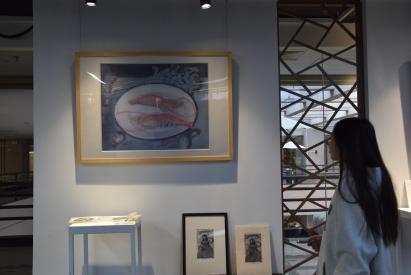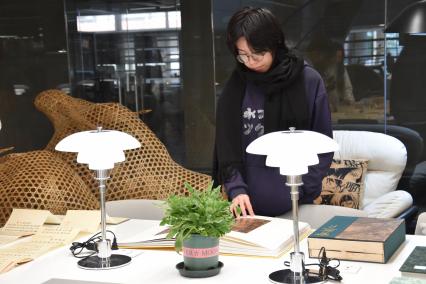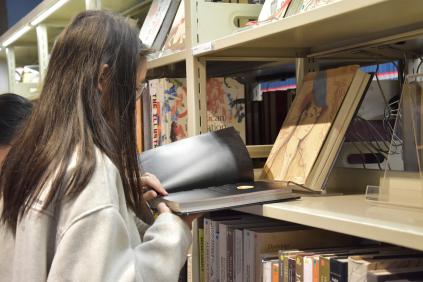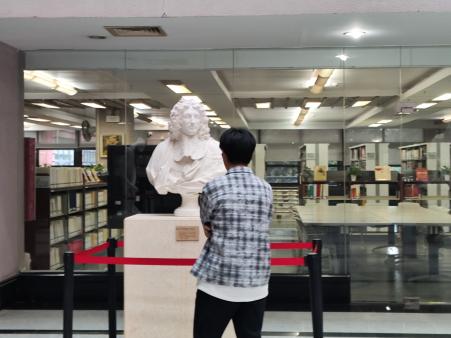To enhance university students’ aesthetic level and artistic appreciation, understand the influence of artworks in the historical development of Western civilization, promote cultural inclusiveness and understanding, and cultivate students' awareness of the “community with a shared future for mankind,” on December 20, 2024, Dean Hui Yanyan of the International School of Guangzhou Huashang College, student affairs teacher Feng Lexin, and 15 students from the International School, Artificial Intelligence School, Accounting School, Teacher Education School, and Foreign Languages School visited Guangzhou Academy of Fine Arts to attend the lecture titled “Western Art History and Appreciation of World Famous Paintings,” and admire valuable collections of documents and sculptures. The lecture was delivered by Liu Shuxian, Director of the Guangzhou Academy of Fine Arts Library, and Dr. Yang Fan.
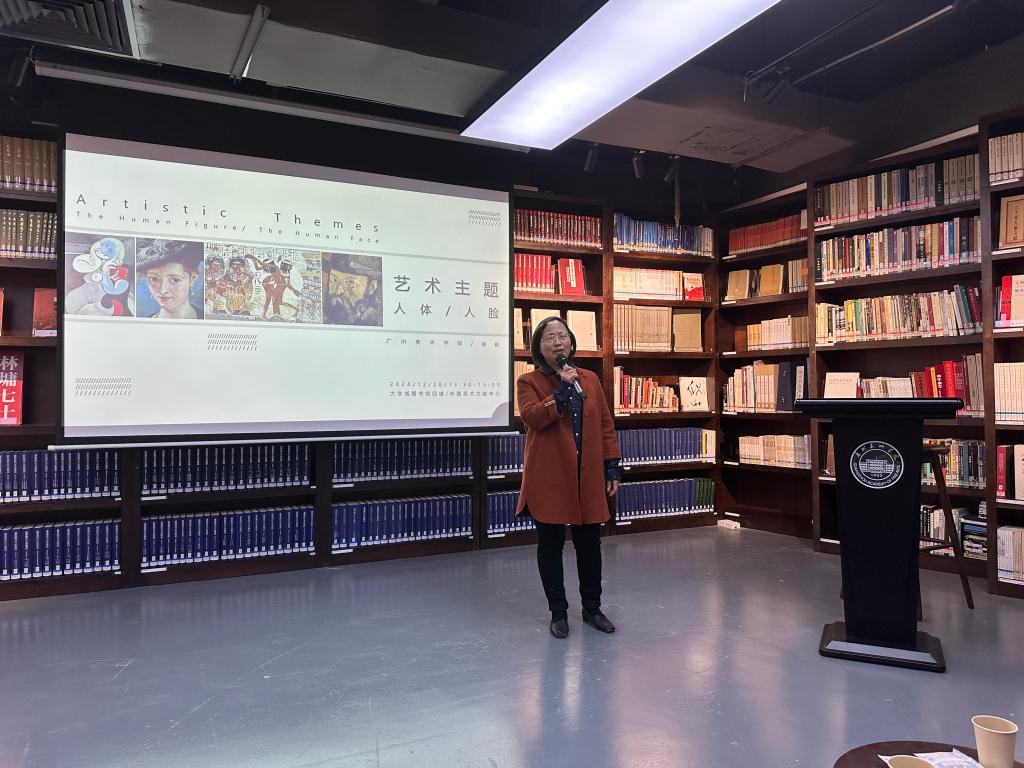
Professor Liu Shuxian introduced the development history of Guangzhou Academy of Fine Arts and the distinctive precious collections held by the library. She expressed hope that through the lecture and the visit, teachers and students of Guangzhou Huashang College would gain a clearer understanding and recognition of Western artworks. Dr. Yang Fan began by explaining the three core elements of Western art—form, theme, and content—illustrating each with artworks representative of human civilization history.
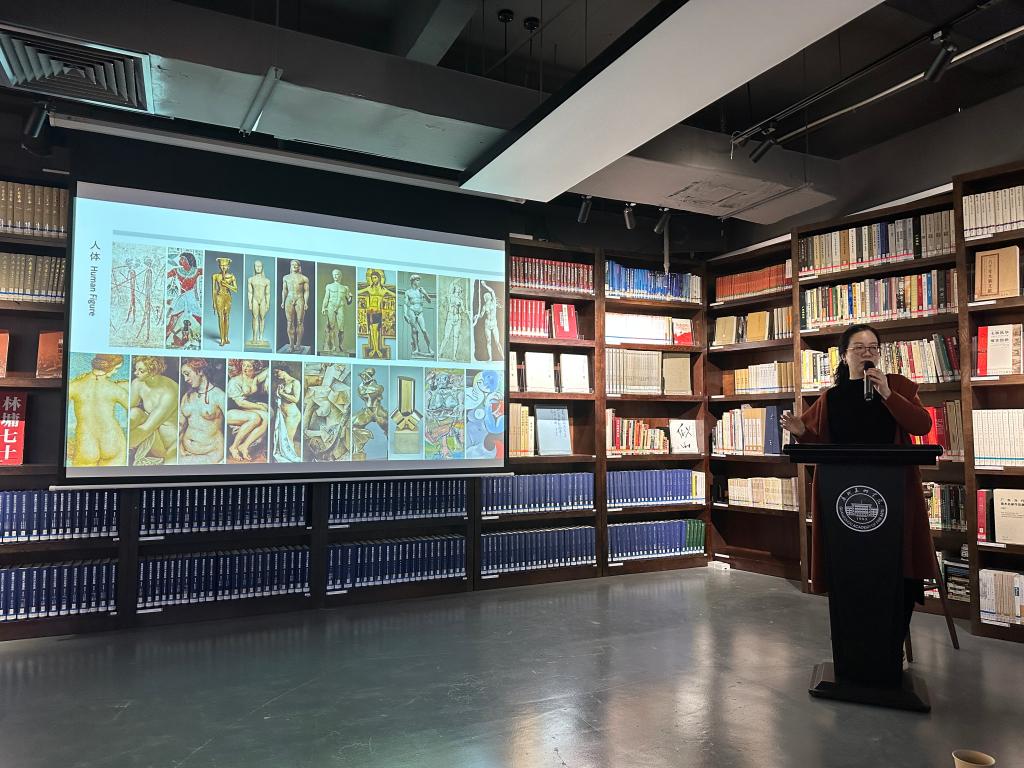
Dr. Yang first led the students on a journey through time and space, reviewing the origins and development of Western art with examples such as the rock paintings of Tanzania, the bird-hunting scene of ancient Egypt’s Nebamun, and ancient Greek murals, vividly showcasing the conceptual creation features of early Western art. Then, through in-depth comparative analysis of classical sculptures like the Greek Kouros statues, Dr. Yang revealed the historical transformation of artistic creation ideas—from initial conceptual expression to the precise pursuit of proportional relationships—and emphasized one of the most prominent characteristics of Western classical aesthetics: the profound expression and skillful use of proportion.
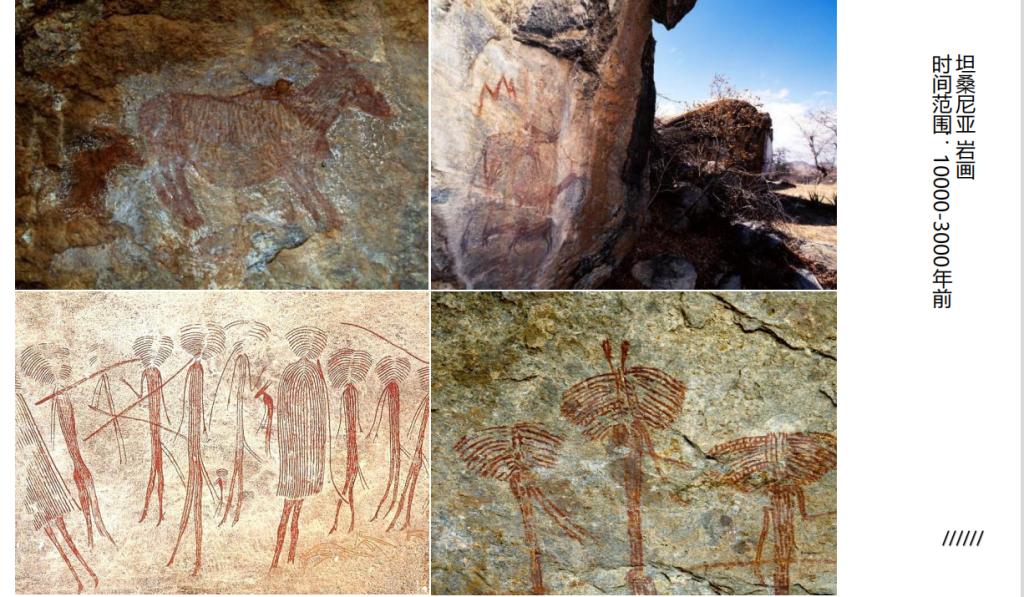
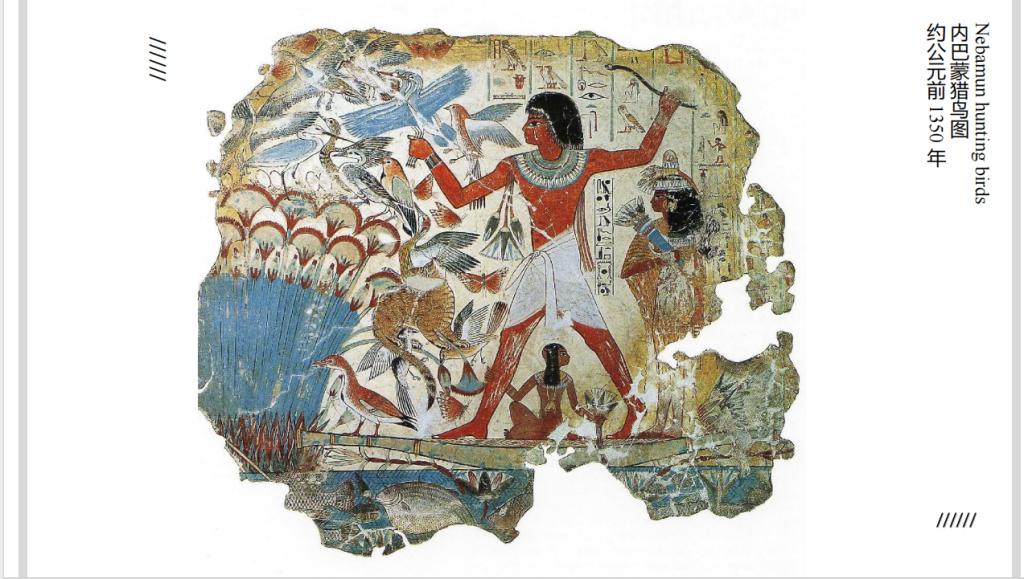
Next, Dr. Yang further analyzed the compositional principle of opposing balance, demonstrating its application in spatial extension with famous sculptures such as the Venus de Milo, Michelangelo’s David, and the Three Graces, as well as the symbolic significance of the French Olympic sculptures. Finally, through artists’ self-portraits, Dr. Yang explored the characteristics and differences between abstract and figurative art, pointing out that different painters’ emotional expression and creative focus on depicting the same subject result in vastly different artistic presentations.
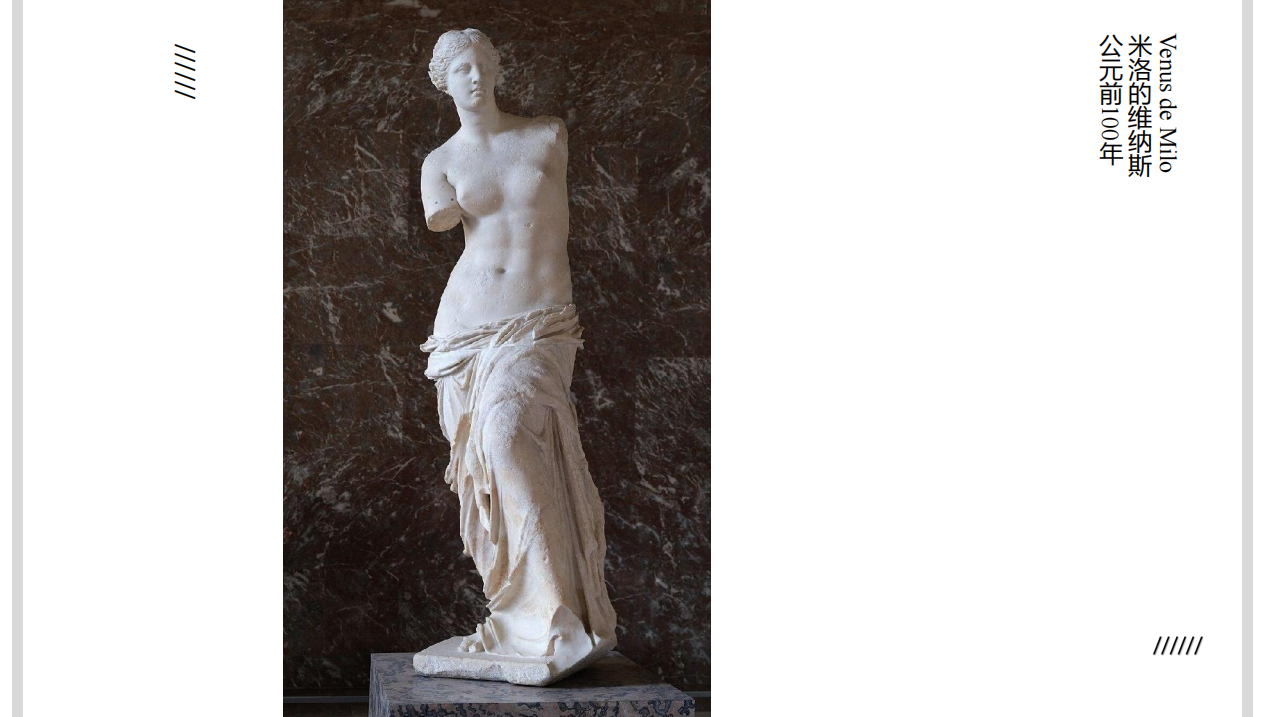
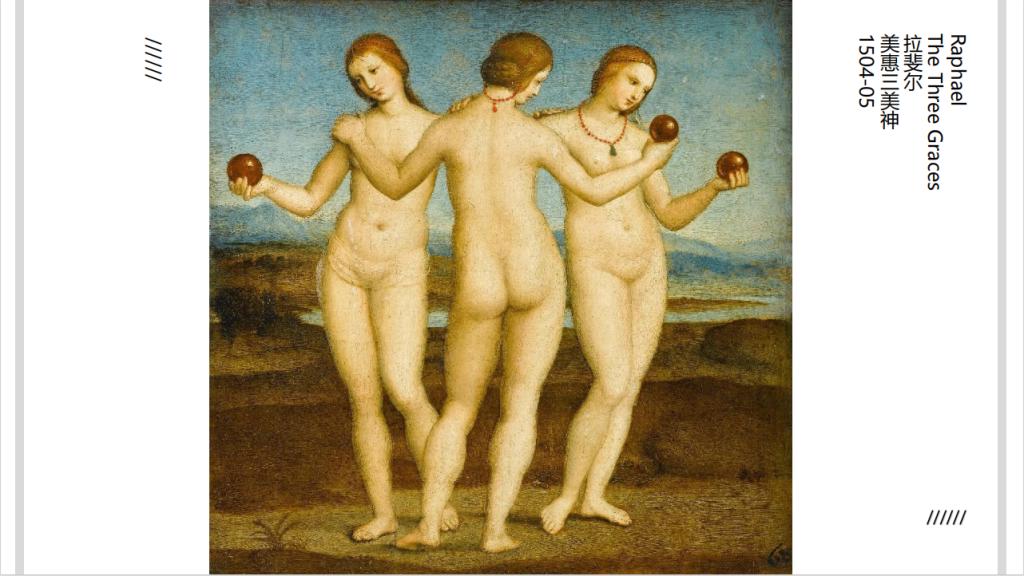
After the lecture, Professor Liu Shuxian guided the teachers and students on a tour of the library’s precious documents and special facilities. These included exquisite rubbings of scrolls from the Yun Gang Grottoes, the masterpiece Along the River During the Qingming Festival, Li Gonglin’s famous Five Horses, and Han Huang’s Five Bulls, among other classic documents. Seeing the curiosity and appreciation of the teachers and students toward these precious works, Director Liu warmly invited the students to visit the Guangzhou Academy of Fine Arts Museum to have more opportunities to be nurtured by art.
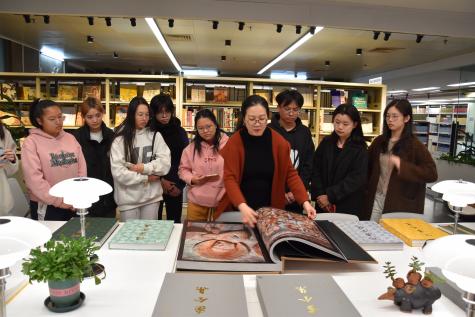
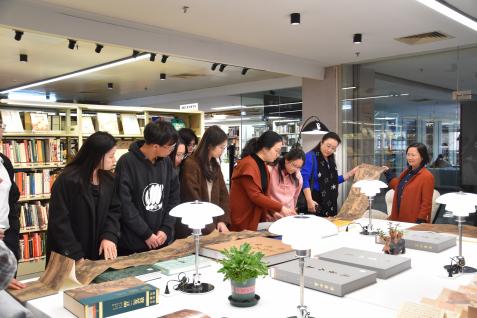
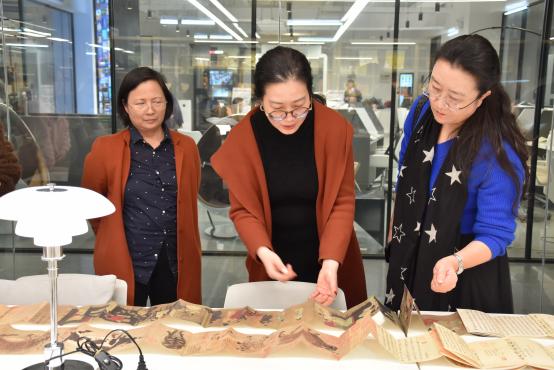
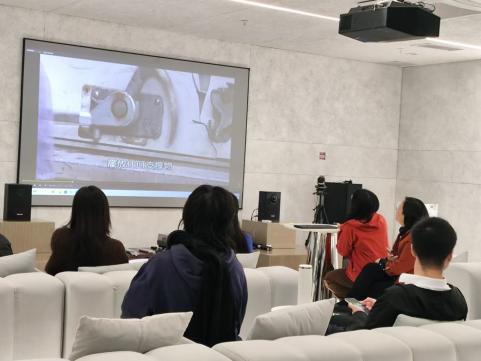
This event not only provided university students with a clearer understanding of Western art history but also offered them first-hand experience and appreciation of the charm and influence of art. They expressed hope for more opportunities to exchange and learn, continuously improving their ability to appreciate foreign cultural works and cultivating their aesthetic taste.
